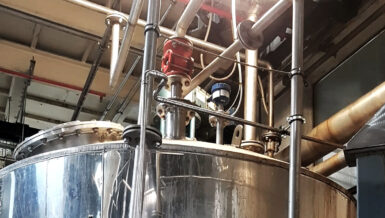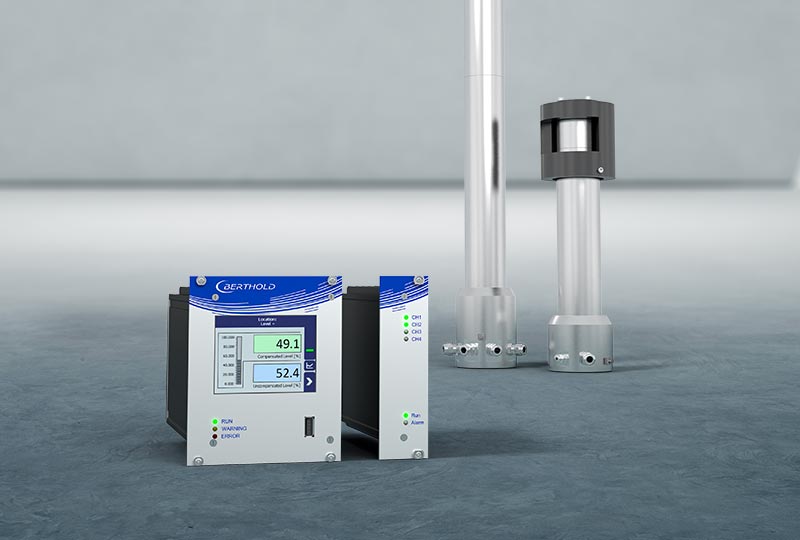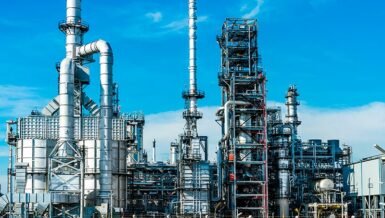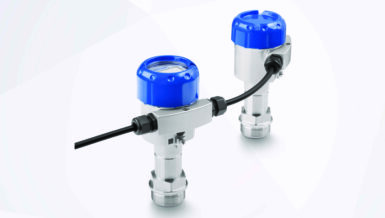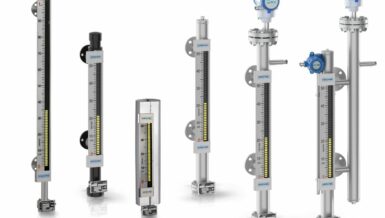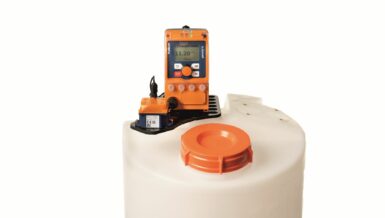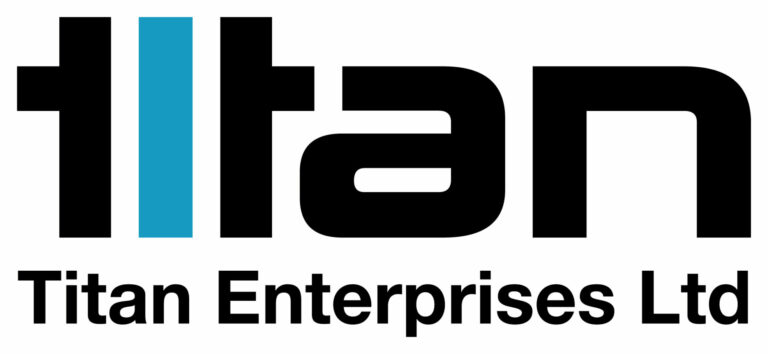Traditionally, float valves are used to provide effective and safe level control for industrial vessels. These valves use a mechanical actuator to open and close the valve, so the initial setting must be achieved via mechanical adjustment. In some cases, however, the materials available for this type of valve are incompatible with the process fluid. In addition, the float may be difficult to fit cleanly into the process tank.
Another common method is to control level with a flow control valve in a Proportional-Integral-Derivative (PID) loop with a level detector. In this case, the flow control valve receives feedback from the PID controller through an electronic controller. The PID controller receives input from the level detector in the process tank.
Using a dome-loaded multiple orifice back pressure regulator (BPR) for level control
When a complex process involves a wide range of flow rates, varying flow coefficients, varying downstream pressure, or extreme process conditions, a system designer may need to consider other approaches for level control. A dome-loaded multiple orifice BPR combined with an electronic pilot pressure regulator offers a good alternative.
For example, in some research applications, it is desirable to have level control via steady flow through a reactor to accommodate a consistent mass balance while pressure remains constant. This may result in a range of flow rates during phases of the reaction. A hypothetical challenge for a versatile research reactor control system might include:
- 20:1 range of steady-state liquid flow rate
- Range of viscosity from 1cP to 200cP
- Variation of separator pressure between 6 bar and atmospheric
In this situation, the system designer would require a range of valve flow coefficients greater than 200:1. A dome-loaded multiple orifice BPR, such as those offered by Equilibar, can be used as a level control valve to control flow through a range of flow coefficients exceeding 1000:1. These BPRs can be made from an almost infinite combination of materials for extreme process conditions.
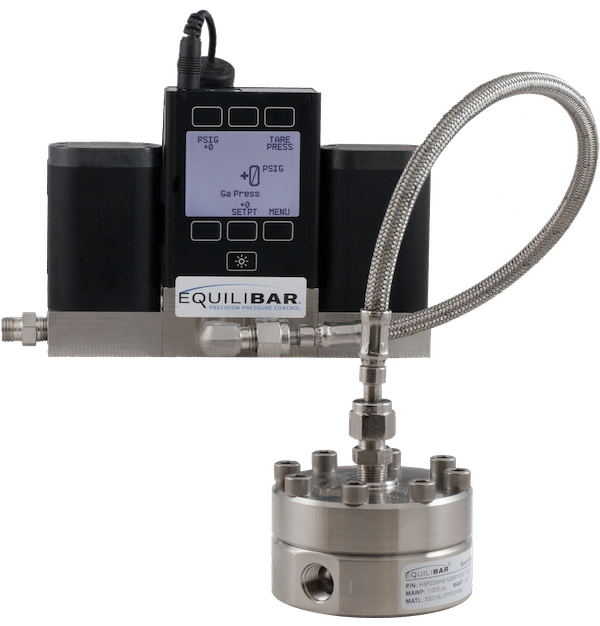
How the dome-loaded multiple orifice regulator works
Dome-loaded, multiple orifice technology works in a completely different way than traditional back pressure regulators and valves. Its synergistic design elements offer virtually instantaneous control and unprecedented precision for even the most challenging process conditions.
Inside the Equilibar BPR, a diaphragm is layered between the main body and the reference cap. The main body has parallel orifices that are covered and sealed by the diaphragm when not engaged. Air or another fluid is fed into the top (dome) area of the regulator to provide the pressure setpoint for the process. The pressure of the gas in the dome is set by a secondary standard regulator called a pilot regulator. The pilot regulator can be manual or electronic, depending on the application’s requirements.
As fluids flow through the unit, the Equilibar BPR holds the process pressure to equal the pilot set point. The diaphragm lifts off the orifices to release pressure as the upstream process pressure exceeds the set-point pressure. When the flow is minimal, only a portion of one orifice will engage to release the pressure. When the flow is high, the diaphragm is pushed up to engage all the orifices. This flexibility accounts for the Equilibar’s exceptionally wide flow range.





